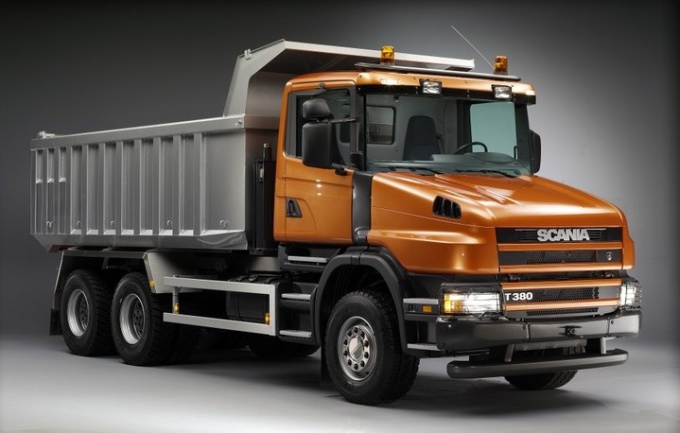Instruction
1
According to the regulations on inland transport of UNECE, truck include motor vehicle, having at least four wheels and used for the carriage of goods. According to their purpose are divided into transport trucks intended for transport of goods and special. They are used as carriers of special equipment.
2
According to European classification, trucks with full weight from 400kg up to 6T and a carrying capacity of 3.5 tonnes are to easy. They can be divided into four groups. It can be the most light vans, created on the basis of cars of small and very small classes, full weight up to two tons (IZH 2715). The second group consists of pickup trucks, are cars with an open body with full weight from of 1.36 to 5.44 t third Most common group of European light trucks are different vans (passenger and cargo), vehicles with flatbed GVW 2 to 3.5 t (vans). All of these cars weighing up to 3.5 tons fall under the category of V. the Last group of light trucks cars total weight from 3.5 to 6T. required To manage them category C.
3
The cars of the middle class usually include trucks with GVW from 6 to 15 tons. Their characteristic feature – not full use of the permissible axle loads. The main types of trucks the middle class: chassis cab (ZIL 4314), car with side platform (GAZ 3309) and truck (ZIL-5423). In the small number of produced trucks.
4
To the heavy class includes vehicles using entirely valid road legislation axle loads, total mass and dimensions. Are considered the vehicles with GVW over 15 tons. In Russia for heavy trucks there are the following limitations. Overall dimensions shall not exceed 2.5 m in bus and 4m in height, the limit long road train, not more than 20m. Maximum axial load per axle depends on the type of road pavement is for roads of I-IV category 10 ton, V – 6, etc

